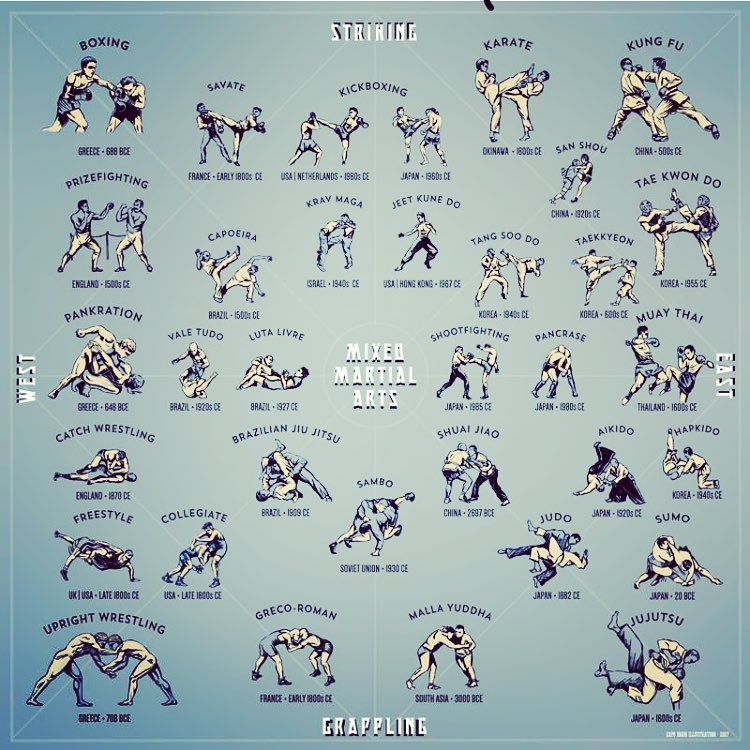Martial arts have a fascinating background that extends centuries and continents. You might locate it fascinating just how old techniques like Shuai Jiao and Kalaripayattu prepared for contemporary fight methods. These techniques not just emphasize physical skills yet likewise show the cultures that birthed them. As you explore their evolution, think about just how globalization has changed these traditional types right into hybrid styles. What influences do you think have shaped today's martial arts landscape?
Ancient Martial arts: The Structures of Fight
As you look into the world of ancient martial arts, you'll discover the rich structures that shaped fight techniques across cultures. adult martial arts lessons focused on Self-Defense and survival, often including strikes, hurting, and weapons.
In ancient China, for example, methods like Shuai Jiao stressed tosses and joint locks, while India's Kalaripayattu showcased dexterity and fluid movement. Japanese samurai established Kenjutsu, a polished swordsmanship that highlighted technique and approach.
These martial arts served not just for fight yet likewise as a means of personal development, instilling values like regard and perseverance. The mixing of these strategies over time laid the groundwork for the varied martial arts you see today, each mirroring the one-of-a-kind philosophies and needs of its culture.
The Cultural Influence on Martial Arts Growth
While martial arts typically mirror the practical needs of a culture, they additionally symbolize the social values and beliefs of their origins. When you discover different martial arts, you'll observe exactly how they're influenced by faith, approach, and social norms.
As an example, the focus on regard and discipline in Japanese martial arts stems from Zen Buddhism and samurai society. In contrast, Brazilian Jiu-Jitsu promotes adaptability and approach, shaped by the requirement for efficiency in a varied, multicultural atmosphere.
You could locate that the routines, attires, and training techniques show a neighborhood's background and identity. By understanding these social influences, you grow your recognition of martial arts and their duty fit human experiences around the world.
Modern Adaptations and the Globalization of Martial arts
Martial arts have actually transformed substantially in recent years, adapting to contemporary culture and worldwide impacts. You'll see that traditional kinds have mixed with contemporary strategies, creating hybrid styles like MMA. These adjustments deal with varied audiences, making martial arts obtainable and appealing globally.
With https://johnnytemwe.blue-blogs.com/42516258/the-significance-of-self-discipline-in-attaining-experience-in-fighting-style-direction of social media sites and electronic systems, you can discover tutorials and competitions from all edges of the world, breaking geographical obstacles. hop over to this site has resulted in a shared admiration for numerous self-controls, from Brazilian Jiu-Jitsu to Taekwondo.
As you engage with these arts, you'll realize they're not practically combat; they advertise fitness, self-control, and mental wellness.
Eventually, contemporary adjustments have actually enhanced the martial arts landscape, making it a vibrant and progressing practice.
Conclusion
In checking out the background and evolution of martial arts, you uncover an interesting mix of techniques, cultures, and approaches. From ancient self-controls like Shuai Jiao and Kalaripayattu to the modern adaptability seen in mixed martial arts, martial arts show humanity's quest for Self-Defense and individual development. As you engage with these practices, you not just obtain skills but also a deeper recognition for the diverse customs that shape our globe today. So, proceed your trip and embrace the art of battle!
